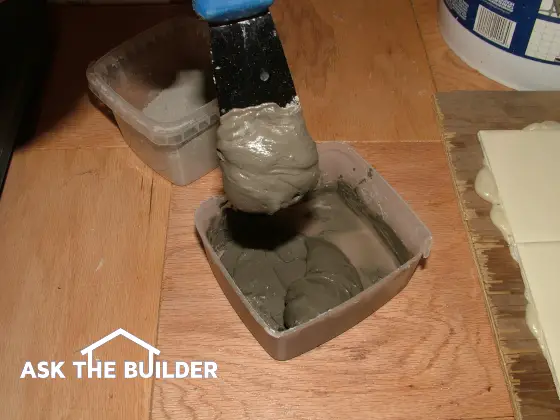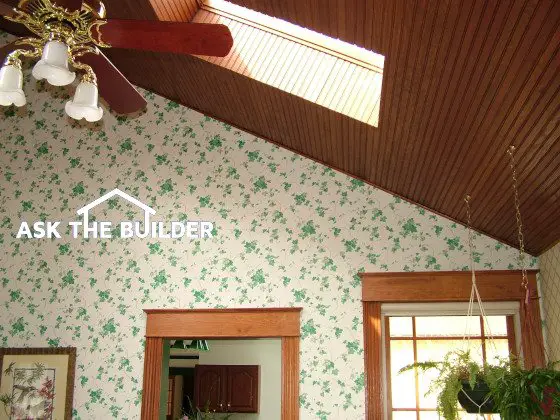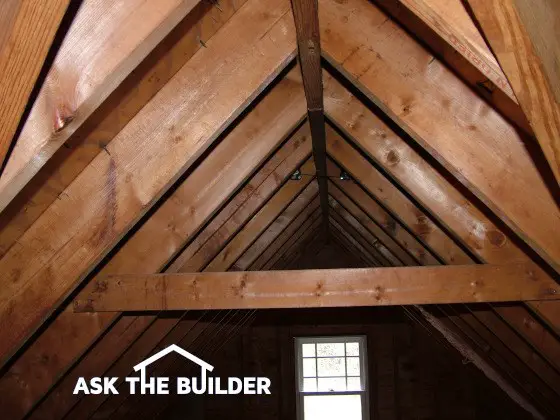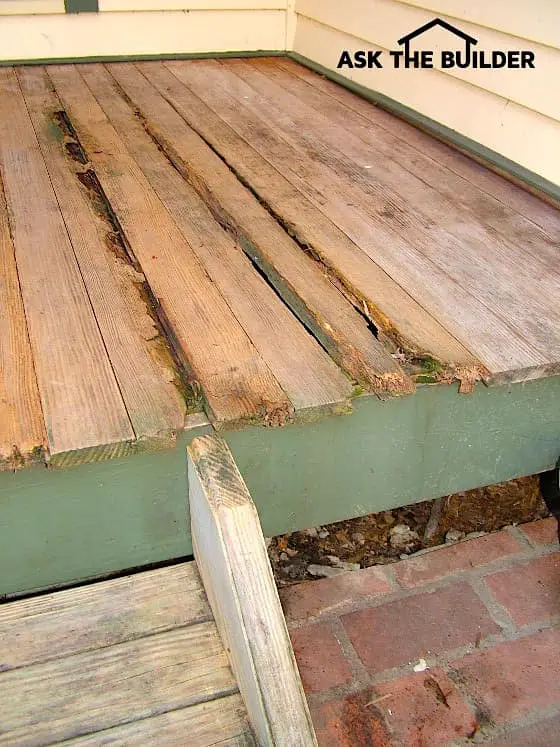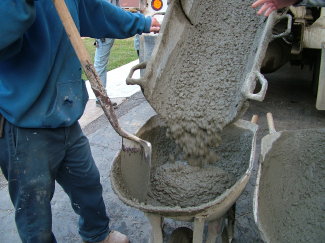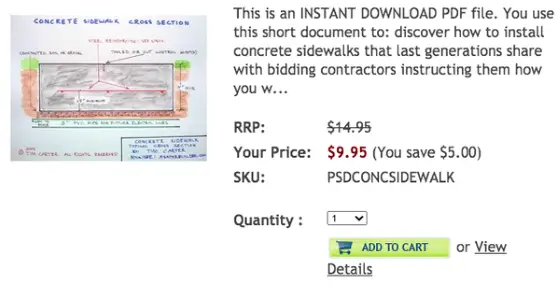! ! ! See Author's Notes at Bottom of Column ! ! !
DEAR TIM: My wood deck needs to be cleaned and sealed. Actually, I have two wood decks; one is made from traditional treated lumber and the other one is cedar. Several contractors want to pressure wash the decks, but I am leery of this. In your opinion, what is the best way to clean a wood deck? Once clean, what is the best sealer? Is there a sealer that will really work well on cedar? Patricia R., Farmington Hills, MI
DEAR PATRICIA: Wood decks, like anything else left outdoors, get dirty and covered with algae and sometimes mildew. Several years ago, I had this happen to a car that sat in my driveway for months, as I was too busy to sell it. Who would think algae and mildew would grow on a painted steel car? Cleaning your wood decks will require a little extra work, if you want to treat them with care.
I do own a pressure washer, but I never use it to clean wood surfaces. High-pressure streams of water wreak havoc on sun-damaged wood decks. The ultraviolet (UV) rays of the sun break down sealers, and then they start to blast apart the actual wood fibers of the decking. These weakened fibers are easily removed by pressure washers.
 The light-colored wood grain is the wood most susceptible to damage from the pressure washers. This is the spring wood or tree growth that happens between the end of winter and the beginning of summer. Trees grow rapidly at this time, as there is often an abundance of water from spring rains. This rapid growth creates an open cellular structure in the wood that is quite weak in some respects. As summer wears on, and there is less moisture in the soil for the tree, the growth process slows. This summer wood is darker, and is very dense. As you might expect, this dark summer wood grain is more resistant to damage from both UV rays and high-pressure streams of water.
The light-colored wood grain is the wood most susceptible to damage from the pressure washers. This is the spring wood or tree growth that happens between the end of winter and the beginning of summer. Trees grow rapidly at this time, as there is often an abundance of water from spring rains. This rapid growth creates an open cellular structure in the wood that is quite weak in some respects. As summer wears on, and there is less moisture in the soil for the tree, the growth process slows. This summer wood is darker, and is very dense. As you might expect, this dark summer wood grain is more resistant to damage from both UV rays and high-pressure streams of water.
I prefer to use a solution of oxygen bleach to clean outdoor wood surfaces. Do not confuse oxygen bleach with bottles of liquid bleach you find in grocery stores or home centers. These often contain chlorine bleach. Always check the label. If you see the words sodium hypochlorite on a product label, you are looking at a bottle of chlorine bleach.
Oxygen bleach is a powder that is mixed with water. Not all oxygen bleaches are the same. Some have low-quality ingredients that are manufactured offshore. Some have low amounts of active ingredient in them. The best oxygen bleaches have ingredients that are made in the USA, and have the highest amount of active ingredient as allowed by law. As you might expect, these products are typically higher-priced. High-quality ingredients and more of them simply cost more.
Once you mix the oxygen bleach with water, it creates a solution with billions of oxygen ions. These powerhouse ions are non-toxic, and they rapidly clean algae, mildew and oxidized deck sealers. The oxygen-bleach solution does not hurt plants or trees, and it does not hurt the natural color of the wood. Chlorine bleach, on the other hand, is highly toxic to plants and vegetation. It also is such a strong oxidizer, it can and does remove the natural color from the wood. The chlorine bleach can also accelerate the corrosion of deck nails, bolts and framing connectors.
I have had great luck with new synthetic-resin sealers that have an epoxy component. These epoxy deck sealers are UV-stable, and last for years on the flat surfaces of decks. But cedar has always been a problem in the past. The dense summer wood of cedar has often prevented sealers from penetrating into the wood. It was not uncommon for the sealers to peel off of cedar decking.
A new water-based epoxy sealer with a brand-new synthetic resin has been developed for cedar decks. This resin has a smaller molecular structure that can penetrate the dense summer wood on cedar decks. The field tests I have seen are impressive, and I would absolutely give this new sealer a try on your cedar decking. To purchase this sealer, look on the label for the words "water-based" and "epoxy".
Each year, I receive countless e-mails from people who ruin their wood decks with pressure washers. After the cleaning process, the wood decking dries and the people are left with wood that looks like a fuzzy pipe cleaner. Some areas of the wood are so damaged by the pressure washers, they resemble fishing piers that have been exposed to the sun for decades.
If this happens to you, your only choice is to let the wood dry well, and rent power-sanding machines. Be sure to countersink all nails, and then start to sand the wood using coarse sandpaper, and then medium. Always use aluminum oxide sandpaper, as it is self-sharpening. Remove all dust before you apply the sealer. Read the sealer label carefully. The epoxy resin sealers need to be applied very thin, and they always need two coats, with a small amount of drying time between each coat.
Author's Notes:
Read Sheryl's comments about using a pressure washer on her deck.
"Tim,
I am going to order some of your oxygen bleach to clean my wooden deck that is on "the list" this summer. I sure wish I had known about this product before I power washed it two years ago - as I wondered why the wood looked messed up afterwards."
- Sheryl W., State Park, SC
| Message from Tim: |
Years ago while researching a column about cleaning decks, I discovered the wonders of Oxygen Bleach. It is perhaps the 'greenest' cleaner I know of as it uses oxygen ions to break apart stains, dirt and odor molecules. There are no harsh chemicals, and it works on just about anything that is water washable.
I decided to create my own special blend using ingredients made in the USA. In fact, the raw materials in the active ingredient are food-grade quality registered with the FDA. I call my product Stain Solver. I urge you to use it to help with cleaning your deck or wood. You will be amazed at the results!
Related Column:
Deck Cleaning Dilemma - Cleaning a CCA lumber deck
Column 617
